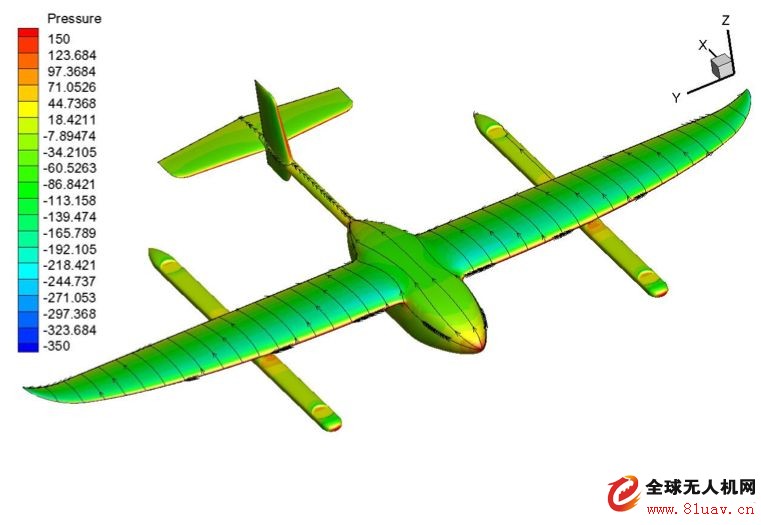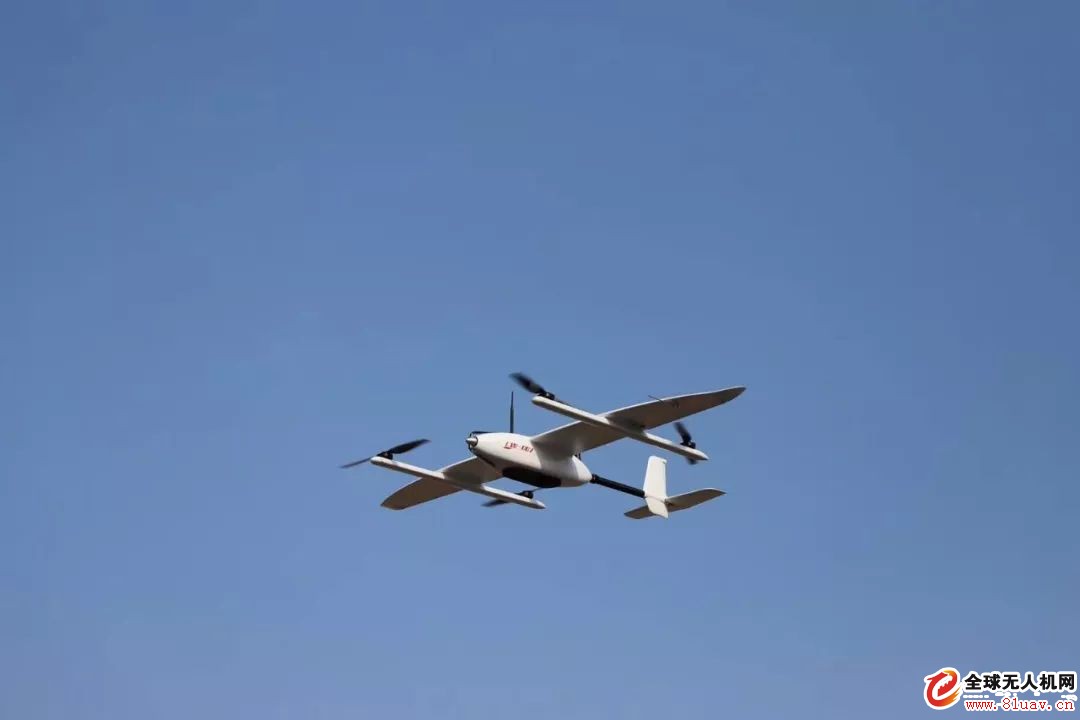
Before, Xiao Bian invited the technical brother to conduct a popular science on the airspeed tube.
Our lovely users gave a small message in the background, so that I can add a little more science articles in the future.
In order to satisfy everyone's desire for curiosity, today Xiaobian invited the technical brother again to carry out science popularization on the three important parameters of lift-to-drag ratio, wing load and power-to-weight ratio.
Affirmation: In addition to the technical succinct science of the small brother HMH, there is another small HGQ irresponsible spit.
The lift-to-drag ratio, wing load and work-to-weight ratio (push-to-weight ratio) are aviation terminology. These three parameters are extremely important for aircraft design because almost all aircraft performance is closely related to these three parameters.
1. Lift-to-drag ratio
The “lift-to-drag ratio†is the ratio of lift and drag in flight. The lift-to-drag ratio of the aircraft changes as the flight state changes. For aircraft design, the focus is on the maximum lift-to-drag ratio that the aircraft can achieve in order to enable the aircraft to cruise near this lift-to-drag ratio state for maximum performance flight.
The lift-to-drag ratio is directly related to how far the aircraft can fly and how long it can fly. Therefore, aircraft design that emphasizes endurance performance generally works hard to increase the lift-to-drag ratio. For example, the design of the more streamlined fuselage, the addition of a fairing in the protruding part, the winglet winglet and the wing body fusion design.

Take the latest release of CW-007 Dapeng. The shape of the aircraft has complete independent intellectual property rights. In the shape design, the CFD numerical optimization technology is used to optimize the airfoil distribution of the wing and the upturned extension winglet of the wing tip to maximize the lift-to-drag ratio and ensure the flight time requirement. (In recent days, some people only used CW-007 Dapeng's "battery capacity to calculate the drone's flight time", Xiaobian laughed and said nothing.)
Speaking of the airfoil distribution of CW-007, here is a small series to mention, CW-007 Dapeng still uses the conventional layout instead of the flying wing layout, largely to ensure the stability of the flight and wind resistance.
Some vertical take-off and landing models on the market adopt a fly-wing layout without swept back. This configuration design can not only ensure sufficient pitch stability, but also has insufficient wind resistance and high fluctuation of pitch attitude, thus affecting the mapping effect. The original pneumatic layout of the old model fully exposes the technical ability.
Such statically unstable aircraft require the use of stabilized flight control technology to ensure adequate attitude stability and wind resistance. If the ordinary open source flight control is used directly, the adaptability of the control law is very poor, and the flight performance cannot be guaranteed at all.
2, wing load
"Wing load" is the parameter obtained by dividing the weight of the aircraft by the area of ​​the wing. Intuitively, the wing load is the load on the wing, which is the average aircraft weight per unit area of ​​the wing. Wing loads affect a wide range of performances such as stall speed, cruising speed, takeoff/landing distance, and radius of circling.
In aircraft design, wing load is a parameter that needs to be weighed and compromised. Because the wings are large and small, each has its own disadvantages and advantages. It needs to be optimized and traded according to the purpose of the aircraft. On the one hand, the large wing load can improve the flight speed and enhance the wind resistance. When the wing area is constant, the wing load can also increase the load and fuel. On the other hand, the small wing load can improve the aircraft's takeoff and landing. Performance, increasing the mobility of the aircraft.

The wing load of the CW-007 Dapeng aircraft is large and the wind resistance reaches 6 levels.
CW-007 Dapeng, which does not pursue its take-off and landing performance and its large maneuverability, is not only important to enhance its wind resistance, but also to make it compact and easy to carry. At the same time, it increases the load of the aircraft. The ratio of the weight of the machine, the performance of the mounted sensor has been significantly improved, such as the CW-007 mapping version of the camera, customized version of the vertical and horizontal, pixel 42 million.
3. Power-to-weight ratio
The work-to-weight ratio (push-to-weight ratio for jet aircraft) is related to takeoff distance, climb rate, lift limit, and continuous hovering performance. The greater the weight-to-weight ratio of the aircraft, the greater the proportion of the aircraft's motor, battery and other power systems, and the less the load. Therefore, under the premise of meeting the flight index, the weight-to-weight ratio cannot be increased blindly.

Take CW-007 Dapeng as an example. CW-007 Dapeng's front-pull motor power can meet the climb rate of 5m/s at 1000m altitude, and the ceiling can reach 5000m, and meet the high altitude take-off and landing conditions.
4, suspense?
In fact, in addition to the three important parameters of lift-to-drag ratio, wing load and power-to-weight ratio, the vertical and horizontal technical team also summed up a key parameter in the practice of designing vertical take-off and landing fixed-wing UAVs.
At the press conference on March 16, the big BOSS gave a lecture, and the small editor also specially consulted after the meeting. Unfortunately, Xiaobian, as a technician who can't even count on the sling, couldn't grasp the essence. At that time, he was proud for a long time, and he forgot the name in a few days. Only vaguely remember to call "XX ratio"?
However, the name is not important, Xiaobian remembers his ability to be good: to distinguish between a professional vertical takeoff and landing fixed wing design and a copy of the cottage plagiarism!
5, parachute
In addition to science, today's Xiaobian also said a parachute.
After the release of CW-007, as before, many people asked Xiaobian: Why did the Dapeng series of drones not have parachutes? Here, unification is an answer for everyone.
Vertical take-off and landing fixed-wing drones and parachutes will sacrifice aircraft loads, voyages, etc. Parachutes are not only burdensome and cumbersome here. It is hard to hear that it is a technology-poor manufacturer, in order to cover up an excuse and a fig leaf that cannot improve the reliability and safety of products through technology. (Small head cover, keep smiling.)
After more than two years of development, the vertical and horizontal Dapeng series of vertical take-off and landing fixed-wing UAVs, the market at home and abroad has more than 1,500 units. In the aircraft that has experienced the return to the factory, after statistics, 60% of the reasons for the aircraft failure are engine failures, 35% are human error (the route setting is wrong, the tree is hit by the tree, the manual control is improper, etc.), and only 5% are other faults. For less than 1% of electric aircraft, a forced landing is required. The statistics of the vertical and horizontal Dapeng are consistent with the statistical results of the US military drones.
Why are there no parachutes for all passenger airliners? It is precisely because there is no excuse for the parachute that the passenger plane can focus on the ultimate in reliability and safety.
Similarly, as a type of aircraft, drones should also require their own reliability and safety in accordance with the highest aviation standards.
Easy Electronic Technology Co.,Ltd , https://www.yxpcelectronicgroups.com
